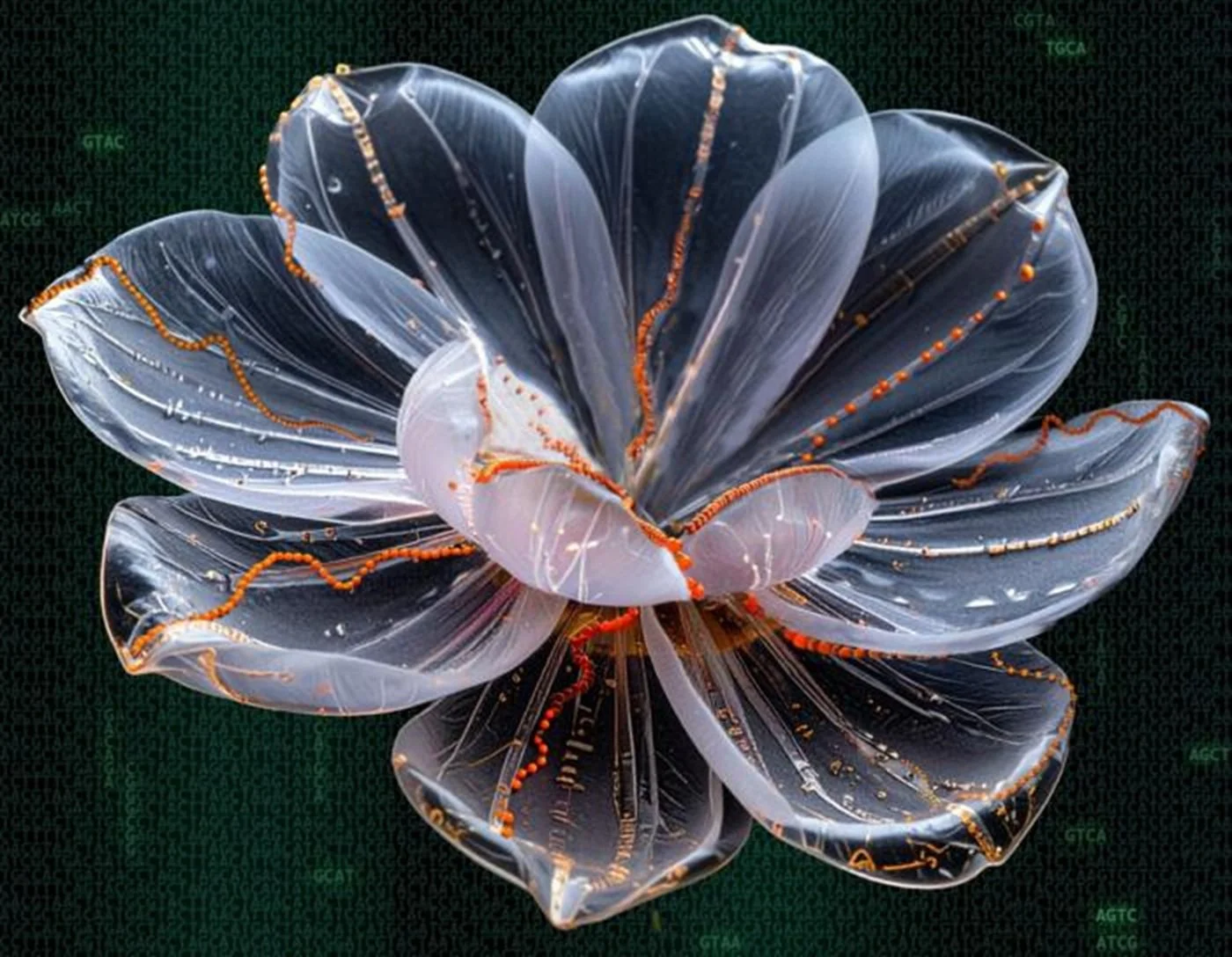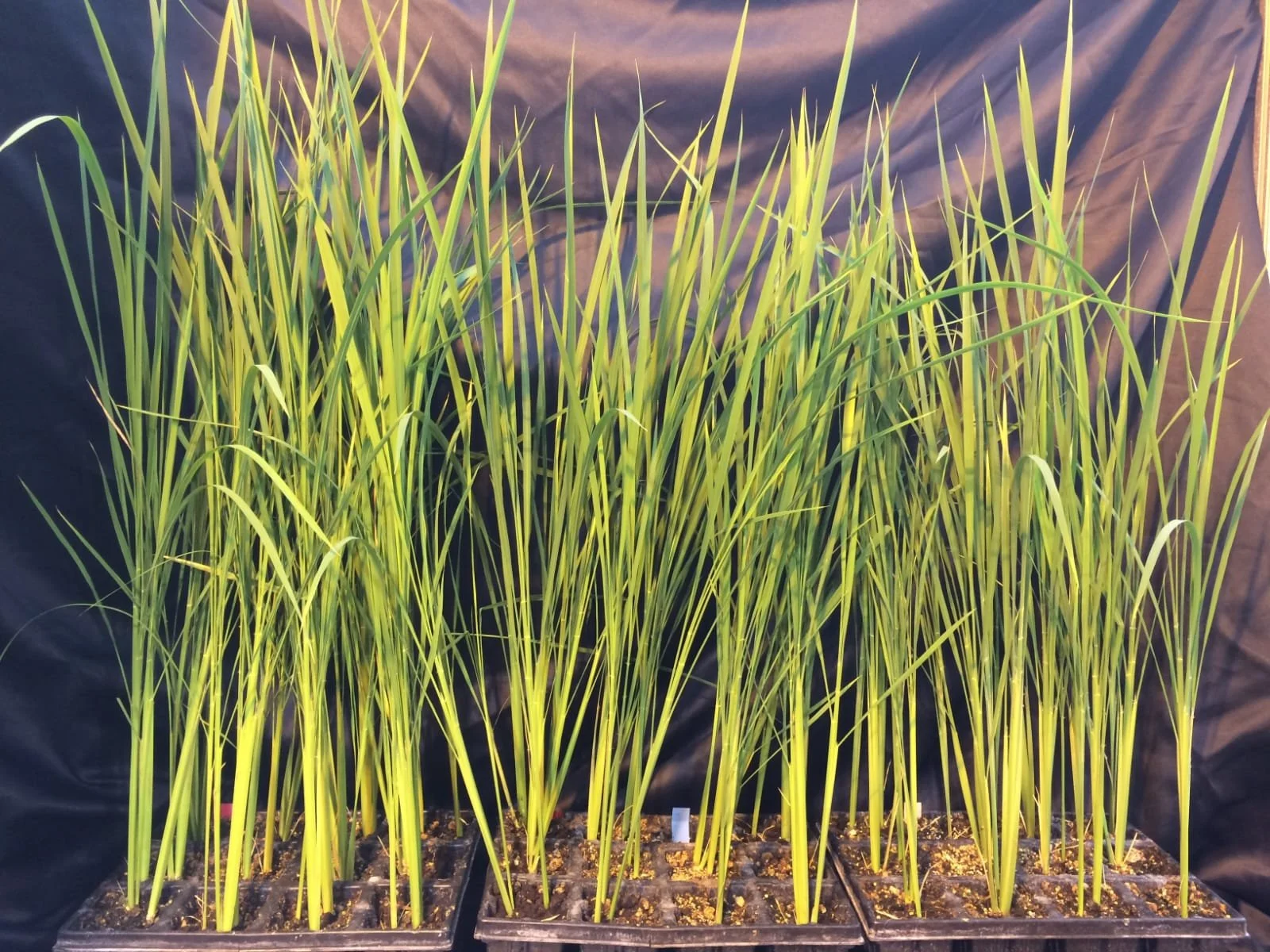Imagine a field of microscopic flowers that can fold, unfurl, and even kick off a chemical reaction without a gardener in sight. Researchers at the University of North Carolina have at Chapel Hill built just such shape-shifting “soft robots,” and the most interesting part isn’t what they are, but what they might be able to do.
Here’s how these tiny petals learn to move, and why that could matter for health, the environment, and even data storage.
Microscopic visualization of the “DNA flowers” created by Ronit Freeman in the Freeman Lab at UNC - (Image Credit: Justin Hill, Philip Rosenberg, and Ronit Freeman)
How do these flowers know when to open?
The team designed flower-shaped structures from crystals that combine DNA with inorganic materials. In simple terms, DNA strands inside each crystal act like a set of instructions. When the surroundings change - especially acidity (pH) - sections of the DNA tighten or loosen. That motion pulls the “petals” closed or lets them spring open again, often in a matter of seconds.
According to the researchers, the arrangement of DNA inside the crystal is the key. A more acidic environment nudges parts of the DNA to fold up, closing the flower; return the solution to normal and the petals relax and reopen. Because that motion can be repeated over and over, the same flower can sense, react, and reset—like a tiny mechanical reflex. As Dr. Ronit Freeman puts it: ‘We take inspiration from nature’s designs, like blooming flowers or growing tissue, and translate them into technology that could one day think, move, and adapt on its own,’ said Freeman.
What could a petal do inside the body?
The researchers say these materials could one day act on their own in places that are hard to reach. Many tumors, for example, sit in slightly more acidic environments than healthy tissue. In a future medical tool, a flower could ride along in the bloodstream, “feel” that acidity, and shut its petals to release a drug or grab a tiny tissue sample.
Dr. Ronit Freeman, senior and corresponding author of the study and director of the Freeman Lab at UNC, explains the goal this way: ‘People would love to have smart capsules that would automatically activate medication when it detects disease and stops when it is healed. In principle, this could be possible with our shapeshifting materials,’ said Dr. Ronit Freeman. She adds: ‘In the future, swallowable or implantable shape-changing flowers could be designed to deliver a targeted dose of drugs, perform a biopsy, or clear a blood clot.’
It’s early days—the work is still in testing—but the approach hints at tools that respond to the body in real time and stand down when they’re not needed.
Can a teaspoon really hold a world of data?
Beyond medicine, the same shape-changing behavior could be useful in places far from the clinic. The team points to environmental cleanup: a swarm of DNA flowers might release cleaning agents only when they “sense” pollution, then stop and safely dissolve after the job is done. There’s also a striking idea from computing.
Because DNA is an exceptionally dense information carrier, the researchers suggest these materials could store and manage huge amounts of data—up to two trillion gigabytes in a single teaspoon—while offering energy-saving ways to write and read that information.
Why this matters now
These DNA-based flowers are small, fast, and programmable. That makes them a promising testbed for materials that sense and respond to their surroundings without constant human control—a step toward narrowing the gap between living systems and built devices.
Bottom line: These crystals aren’t tiny doctors or janitors yet, but they’re a nimble platform for teaching materials to sense and act on their own. DNA pulls double duty as a mechanical script (fold, unfold, react) triggered by the environment, not by us.
The next hurdles are proving they work in messy, living conditions, scaling them up, and tuning them to multiple cues while staying safe and degradable. Clear those, and medicine, cleanup, and smart information handling could shift from tools we operate to tools that operate themselves.
If you are interested in more details about the underlying research, be sure to check out the article published in Nature Nanotechnology, listed below.
Sources, further reading and more interesting articles:
Reversible metamorphosis of hierarchical DNA–inorganic crystals - (Nature Nanotechnology)
Amazing Discovery Paves The Way for Stamp-Sized Hard Drives with 100x Data Density - (Universal-Sci)
How This Spongy Material Could Remove Salt From Seawater, Creating Clean Drinking Water - (Universal-Sci)
Will Next-Gen Computers Run on Brain Cells? The Rise of Biocomputing - (Universal-Sci)
Too busy to follow science news during the week? - Consider subscribing to our (free) newsletter - (Universal-Sci Weekly) - and get the 5 most interesting science articles of the week in your inbox
FEATURED ARTICLES:







